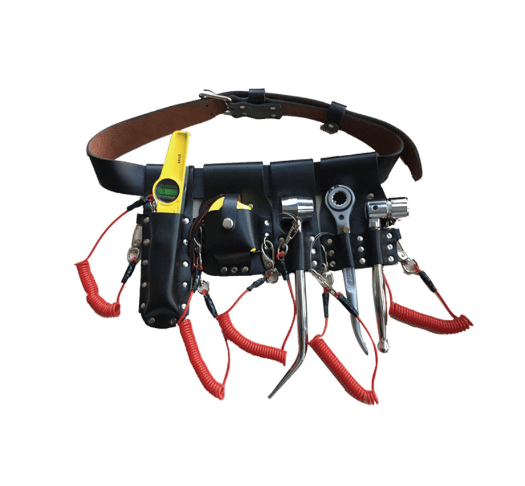OFFER QUALIFIED TOOLS AND SCAFFOLDINGS
Scaffold Spanners: The Unsung Heroes of Construction Safety
What is a scaffold spanner
KP
1/30/20202 min read
Scaffold Spanners: The Unsung Heroes of Construction Safety
In the bustling world of construction, where precision and stability are non - negotiable, one tool quietly ensures every scaffold stands firm: the scaffold spanner. Often overlooked amid heavy machinery and power tools, this hand - held workhorse is the backbone of safe, reliable scaffolding—keeping workers secure and projects on track.
What Makes a Scaffold Spanner Essential?
Scaffold spanners are engineered for one critical task: tightening and loosening the couplers, clamps, and bolts that hold scaffolding components together. Unlike generic spanners, they’re designed with:
• Specialized jaws: Shaped to fit scaffolding hardware (e.g., 7/8” or 19mm hex nuts), preventing slips that could compromise structural integrity.
• Durable materials: Made from high - carbon steel or chrome - vanadium alloy, they withstand repeated use and harsh job site conditions.
• Ergonomic handles: Rubberized or textured grips reduce hand fatigue during long shifts, a small detail that matters for worker efficiency.
Types of Scaffold Spanners: Choosing the Right Tool
Not all scaffold spanners are created equal. The right one depends on your project’s needs:
1. Fixed Head Spanners
• A single, rigid jaw size (e.g., 19mm) for standard scaffolding systems.
• Ideal for quick, repetitive tasks—no adjustment needed.
2. Adjustable Scaffold Spanners
• Features a sliding jaw to fit multiple nut sizes (17mm to 24mm common).
• Versatile for mixed hardware or unexpected variations on site.
3. Ratchet Scaffold Spanners
• A ratcheting mechanism allows tightening/loosening without repositioning the tool.
• Saves time in tight spaces (e.g., between cross braces).
Why Quality Matters: Safety First
A cheap or worn scaffold spanner is more than an inconvenience—it’s a risk. Stripped nuts, loose connections, or tool failure can lead to scaffold collapses, injuries, or project delays. Investing in a high - quality spanner ensures:
• Consistent torque application, keeping joints secure under load.
• Longer tool life, reducing replacement costs over time.
• Compliance with OSHA and industry safety standards (yes, even tools are regulated!).
Maintenance Tips to Extend Lifespan
To keep your scaffold spanners in top shape:
• Clean after use to remove dirt, rust, and debris.
• Lubricate moving parts (e.g., ratchet mechanisms) monthly.
• Inspect for cracks or bent jaws—discard damaged tools immediately.
In construction, success lies in the details. The scaffold spanner may not grab headlines, but its role in building safe, sturdy structures is irreplaceable. Choose wisely, maintain diligently, and let this small tool do the heavy lifting of keeping your worksite secure.
Need help sourcing the right scaffold spanner for your project? Contact our team for personalized recommendations—we’re here to keep your site strong.


